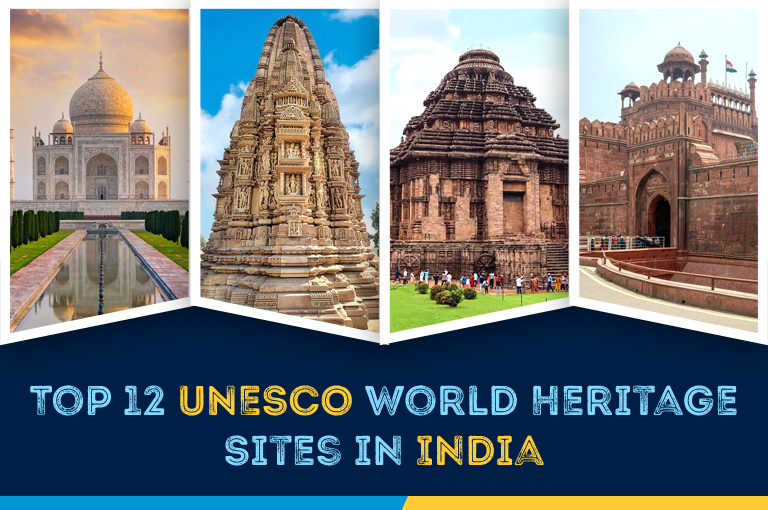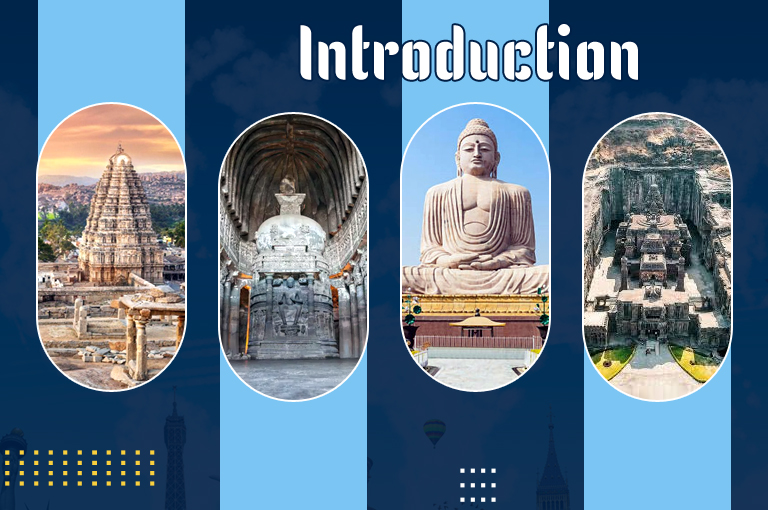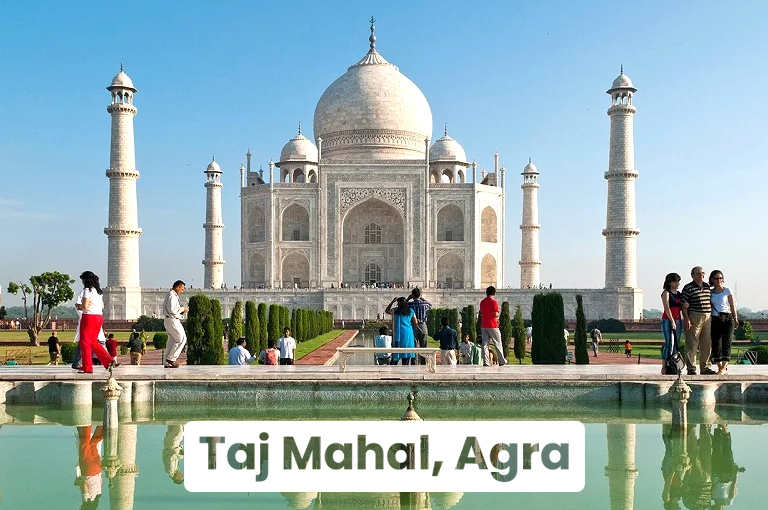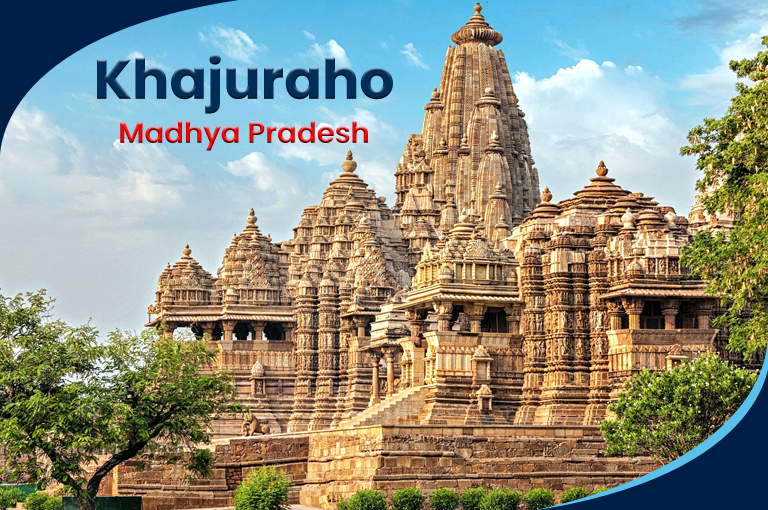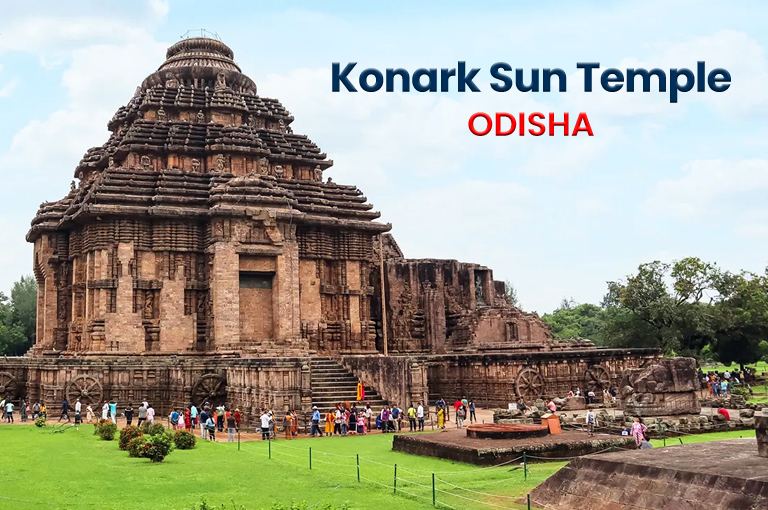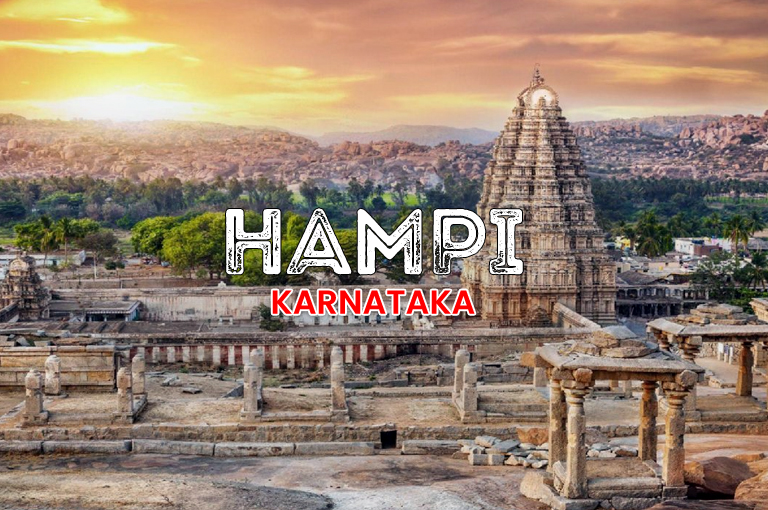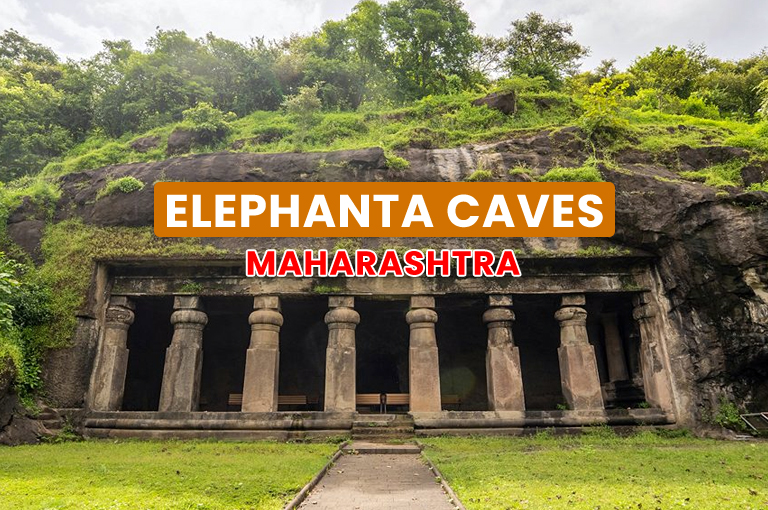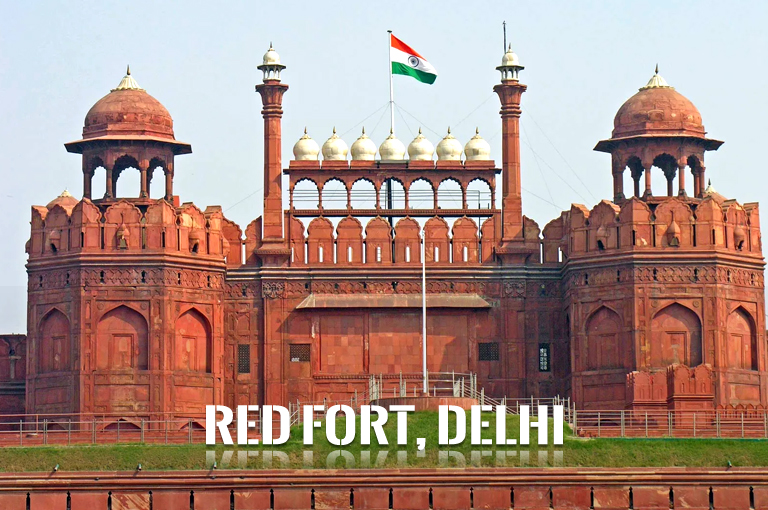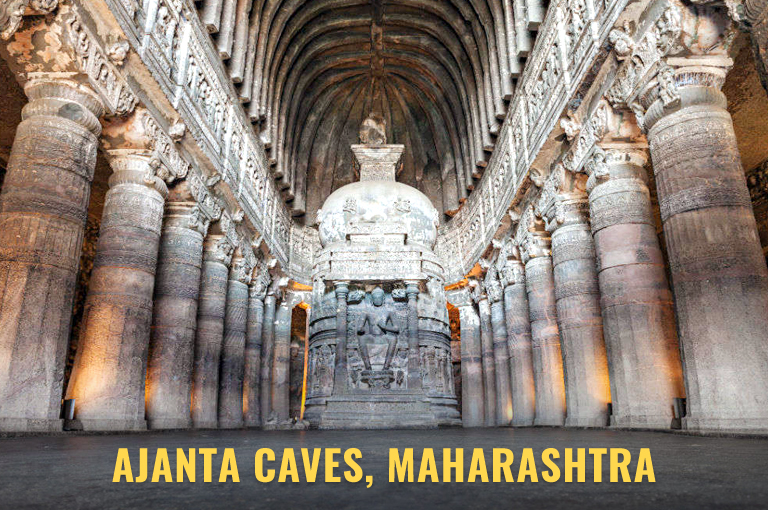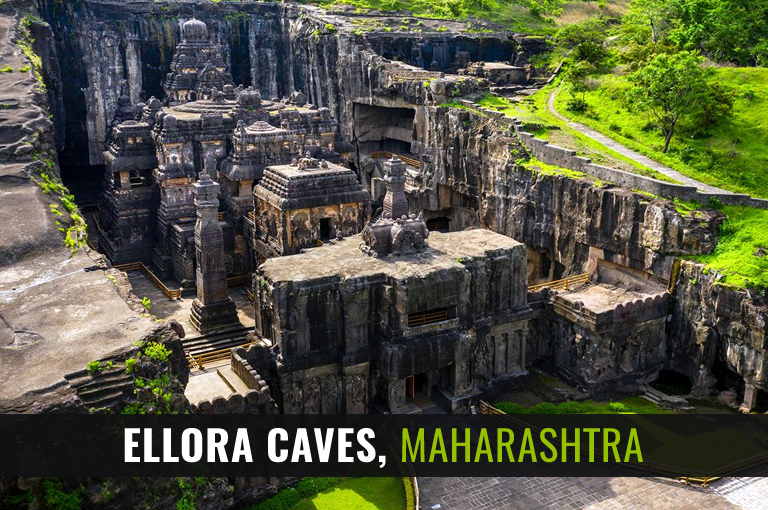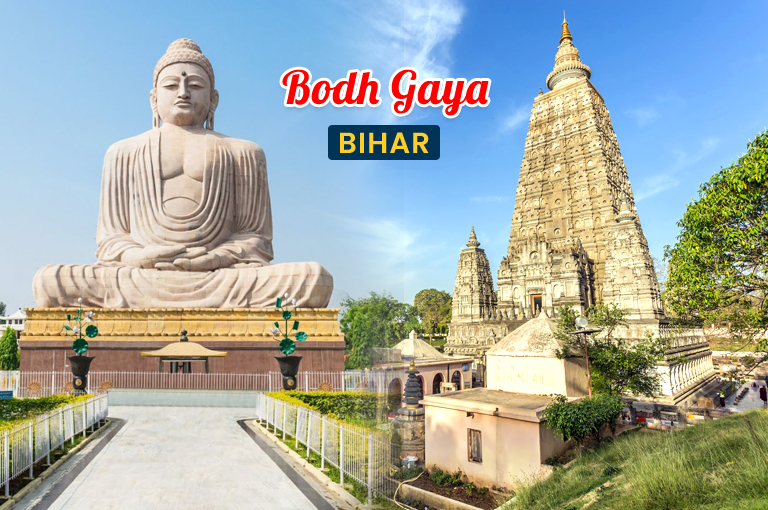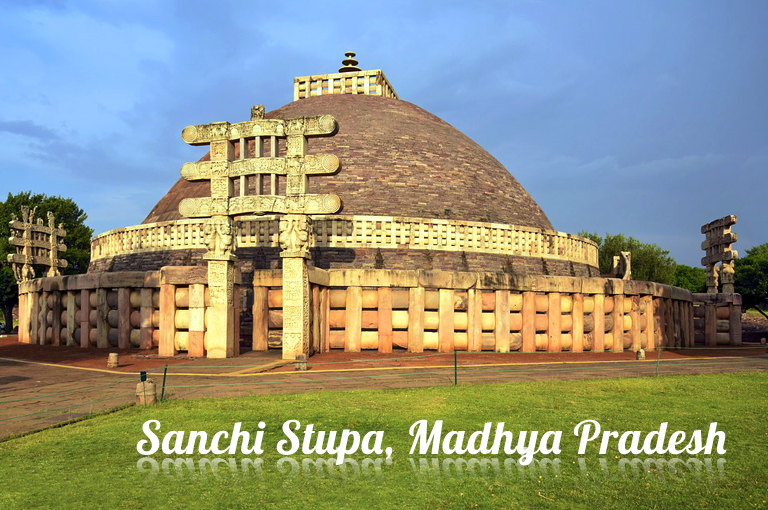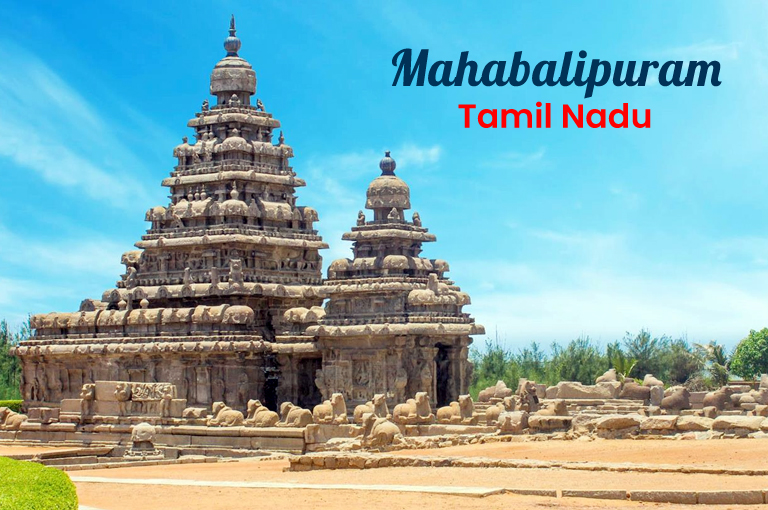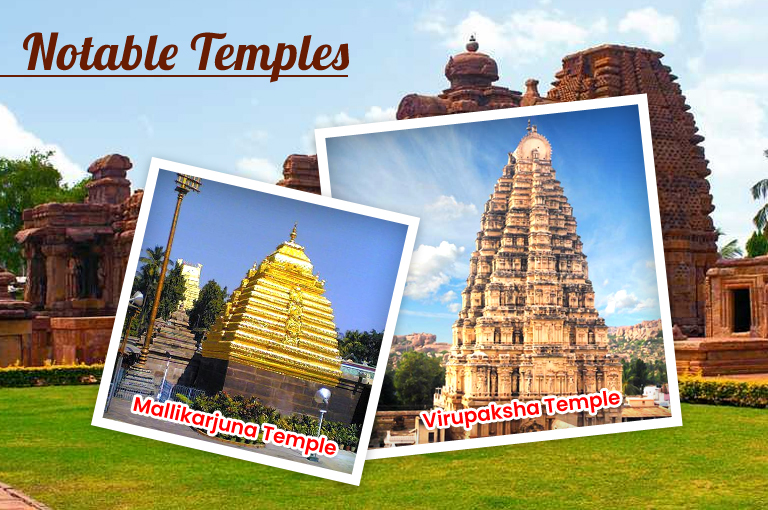Top 12 UNESCO World Heritage Sites in India
UNESCO World Heritage sites in India are supposed to be the landmarks of fruitful past, culture and human nature. They are best known for their universal value. These sites are selected by UNESCO and serve as a testament to human achievement and natural wonders. It demands preservation for future generations.
The site's preservation is important as they speak about the different civilizations, architectural marvels, and environmental treasures. By defending them, we make sure that the legacy of past generations continues to inspire and teach people globally. Moreover, the heritage sites add to tourism and local economies, fostering cultural exchange and global appreciation.
Introduction
India, with its rich history and varied traditions, is home to 40 UNESCO World Heritage Sites. It is about to range from the ancient temples and forts to wonderful natural landscapes. The sites like the Taj Mahal, Jaipur City, and the Western Ghats, showcase India's extraordinary architectural, artistic, and environmental diversity. UNESCO's credit of these sites showcases their global significance and the requirement for their protection. Preserving India's heritage not just honors its glorious past but also boosts its cultural uniqueness for the future.
Taj Mahal, Agra
A wonderful masterpiece of Mughal architecture, Taj Mahal is added in the top list of the UNESCO World Heritage. It is known as the timeless symbol of love of a husband ‘Emperor Shah Jahan’ for his wife ‘Mumtaz Mahal’. The construction was begun in 1632 which was completed in the year 1648. The Yamuna River at the back adds more beauty in the construction.
It is popular for its
- Majestic dome
- Intricate carvings,
- Symmetrical gardens
Millions of visitors come to Taj Mahal to enjoy the scenic beauty of the monument. The usage of the semi-precious stones, calligraphy, and detailed inlay work can rightly boost up the aesthetic grandeur. Moreover, its architectural vividness, the Taj Mahal remains a striking cultural and historical treasure, drawing fame from across the world.
Khajuraho, Madhya Pradesh
Popular for complex sculptures and carvings
- It is best known for its eye-catching detailed temple sculptures depicting gods, celestial beings, goddesses, and daily life.
- Specifies world-famous erotic carvings speak about devotion, love, and human emotions.
Nagara-style temple architecture
- By the Chandela dynasty, it was constructed between the 10th and 12th centuries.
- Featured by towering spires (shikharas), ornate pillars, and thinly chiseled stonework.
- Jain and Hindu temples showcasing various religious influences.
Combination of art, spirituality, and history
- Show cases the fusion of artistic and devotion excellence in medieval India.
- It speaks about India's rich cultural and architectural inheritance.
- Renowned as a UNESCO World Heritage Site for its historical and creative importance.
Tourist and historical importance
- It is about to bring the attention of historians, architects, and travelers from all over the world.
- A major cultural and religious landmark showcasing India's artistic legacy.
Konark Sun Temple, Odisha
Chariot-shaped temple devoted to the Sun God
This temple was constructed in the 13th century by King Narasimhadeva I of the Eastern Ganga dynasty.
- It is made as a colossal stone chariot with 12 intricately seven horses and fixed wheels.
- It symbolizes the celestial trip of Surya, the Sun God.
Showcases Kalinga structural design with exquisite carvings
- A masterwork of Kalinga architecture, recognized for its comprehensive stonework.
- Features complex sculptures of deities, dancers, celestial beings, and animals.
- The temple’s position lets the initial rays of the sun light up the sanctum.
Historical and cultural significance
- Renowned as a UNESCO World Heritage Site for its architectural brightness.
- A popular pilgrimage and tourist draw, showcasing the rich heritage of the Odisha’s
- Instead of the partial ruins, it remains a symbol of India's creative and engineering fineness.
Hampi, Karnataka
Ruins of the Vijayanagara Empire
- It was the capital of the powerful Vijayanagara Empire in the 14th-16th years.
- You can spread over a vast landscape with remainders of grand palaces, markets, and temples.
- A UNESCO World Heritage Site recognized for its chronological and archaeological significance.
Architectural brilliance and olden temples
- It showcases the Dravidian-style architecture with involved carvings and monolithic structures.
- It is renowned for the big stone boulders, pillared halls, and eye-catching sculptures.
- A center of culture, trade, and spiritual devotion in medieval South India.
Famous sites within Hampi
- The Virupaksha Temple is completely dedicated to Lord Shiva. People come here to do the worship of lord Shiva.
- Vittala Temple is best known for its iconic stone chariot and musical pillars.
- Provide attractions include the Elephant Stables, Lotus Mahal, and Hemakuta Hill.
- Hampi remains a fascinating destination, contributing a sight into India’s glorious past.
Elephanta Caves, Maharashtra
Rock-cut caves speaks about the influence of Hindu and Buddhist
- It was carved in the middle of the 5th and 8th centuries, showcasing ancient Indian rock-cut buildings.
- Specifies a combination of Hindu and Buddhist creative elements.
- Approved as a UNESCO World Heritage Site for its historical and educational importance.
Lord Shiva’s famous Trimurti sculpture
- The top highlight here is the caves which are about 20-foot-high Trimurti sculptures.
- It shows the lord Shiva in three forms – Creator, Preserver, and finally Destroyer.
- It showcases the artistic and spiritual fineness of ancient India.
Situated on the Elephanta Island near Mumbai
- Located in the Mumbai Harbour, available by ferry from the Gateway of India.
- There are five different Hindu caves and two Buddhist caves.
- A main tourist and pilgrimage site and calling the attention of the visitors globally.
The Elephanta Caves are a considerable testament to India’s rich creative and spiritual heritage.
Red Fort, Delhi
Mughal fortress and work as a political center
- In the year 1648, the Red Fort was built by Emperor Shah Jahan.
- In Delhi for the Mughal Empire, it served as a political as well as administrative hub.
Sign of Indian self-government
- On every independence day, August 15, The Indian Prime Minister hoists the national flag here,
- It is considered as a powerful emblem of India’s effort for freedom.
Architectural and historical significance
- This heritage Site speaks about the Mughal structural design with stonework, red sandstone walls, and big sized gates.
- Pay your visit to Diwan-i-Aam, Diwan-i-Khas, and Lahori Gate.
Ajanta Caves, Maharashtra
Buddhist rock-cut caves with stunning murals
- The history goes back to the 2nd century BCE to the 6th century CE.
- These caves are made into a horseshoe-shaped rock cliff. Prayer halls and monasteries add more energy into the location.
Influence of Buddhist spirituality and art
- Showcase the life of the Buddha, Jataka tales, and scenes of attachment.
- A hub of Buddhist learning and meditation in old India.
Preservation of ancient Indian painting styles
- Famous for complex frescoes, amazing colors, and delicate detailing.
- A UNESCO World Heritage Site and speak about India's artistic and cultural inheritance.
Ellora Caves, Maharashtra
Hindu, Buddhist, and Jain temples at one place
- It was built in the middle of the 6th to 10th centuries. The best thing about them is that they speak about religious peace.
- There are a total 34 rock-cut caves. Here, you can pay your prayer at 17 Hindu, 12 Buddhist, and 5 Jain.
Architectural marvel: Kailasa Temple
- A monolithic structure devoted to Lord Shiva, made from a single rock.
- It is called for its intricate sculptures, huge pillars, and grand design.
UNESCO recognition for its artistic excellence
- It is just declared a UNESCO World Heritage Site for its educational and architectural significance.
- A testament to India’s rich creative and engineering heritage.
Bodh Gaya, Bihar
The holy place of the Buddha’s enlightenment
- Here, the ‘Gautama Buddha’ attained enlightenment under the Bodhi tree around 500 BCE.
- It is one of the holiest sites in Buddhism and world heritage sites in India, symbolizing religious awakening.
Mahabodhi Temple and its significance
- A UNESCO World Heritage Site specifies a grand temple with a lofty spire.
- Houses a holy Bodhi tree, considered as the descendant of the original.
Pilgrimage site for Buddhists worldwide
- It brings the attention of the devotees from across the world for prayers and meditation.
- A center for Buddhist monasteries, teachings, and cultural inheritance - UNESCO heritage sites in India.
Sanchi Stupa, Madhya Pradesh
Ancient Buddhist stupas and relics
- It is the house of the Great Stupa, created in the 3rd century BCE.
- There are special features of intricately carved gateways (toranas) showcasing the teaching of Buddhism.
Influence of Emperor Ashoka in Buddhist structural design
- Commissioned by Emperor Ashoka to reach Buddhism.
- It speaks about the Mauryan and later Gupta-era architectural styles.
Religious and Historical significance
- A world heritage site in India and one of India’s oldest Buddhist monuments.
- A main pilgrimage and archaeological site showcasing India’s Buddhist legacy.
Mahabalipuram, Tamil Nadu
Shore temples and rock-cut arrangements
- A UNESCO World Heritage Site identified for its dramatic coastal temples.
- The special features cave temples, monolithic rock carvings, and difficult sculptures.
Pallava dynasty’s architectural brilliance
- It was constructed around the 7th–8th centuries by the Pallava rulers.
- It speaks about the Dravidian-style temple architecture with comprehensive carvings.
Famous sites
- Five Rathas – it is a Monolithic temple that is carved in the form of chariots, devoted to Pandava brothers.
- Arjuna’s Penance – yet another important point showcase about the Hindu mythology.
Group of Monuments at Pattadakal, Karnataka
Blend of South and North Indian architectural styles
- A UNESCO World Heritage Site speaks about the fusion of Dravidian and Nagara temple styles.
- It showcases the cultural and artistic exchange in the middle of southern and northern India.
Chalukyan dynasty’s contribution to temple architecture
- Under the rulers of the Chalukya, it was constructed during the 7th–8th centuries.
- It is called for the intricate carvings, comprehensive sculptures, and structural grace.
Notable temples
Mallikarjuna Temple is perfectly decorated, built to commemorate a Chalukyan victory.
Virupaksha Temple is directly inspired by the Kailasa Temple located at Ellora. Here, the devotees pay their prayer to Lord Shiva.
UNESCO World Heritage sites in India showcase the nation's rich historical and cultural diversity. These sites preserve architectural brilliance, traditions, and legacies from past eras, bridging history with the present. Protecting them is vital not only for national pride but also for educating future generations about India’s remarkable heritage. From ancient temples to majestic forts, these sites reflect India’s artistic and historical grandeur. Today, information about India’s heritage sites is easily accessible, fostering awareness and appreciation of their significance.

